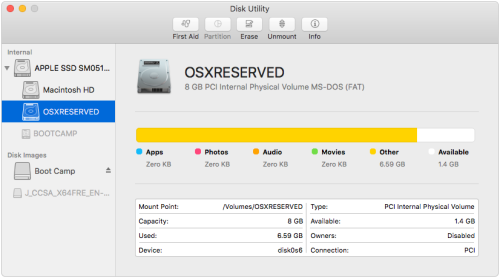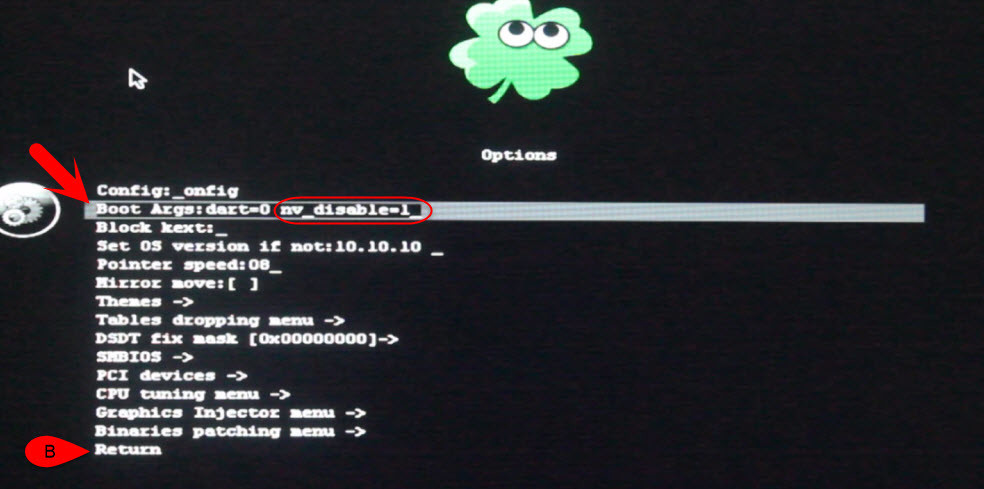

A.dmg file can be obtained from the OS X directory. In comparison to El Capitan, High Sierra requires BaseSystem.dmg, which provides enough free space to boot, so the overall process is a little easier. This answer is used to construct a sequence based on it. Don’t even think about using Ubuntu to fix OS X just use the recovery partition which should be part of any modern installation of OS X. Before installing OS X, you must first have an OS X image installed. Making a bootable Mac USB in Ubuntu is simple. Your USB drive is now ready to boot into a Linux environment. Press enter and wait for the process to finish. Finally, open Terminal and type in the command “sudo dd if=/path/to/linux.iso of=/dev/diskN bs=1m” where “N” is the number associated with your USB drive. Click Erase and close the window once complete. Select the Erase tab and choose the MS-DOS (FAT) option.

Next, open Disk Utility and select the USB drive from the left sidebar. Then, insert a USB drive with at least 2 GB of storage into your Mac. First, download a Linux ISO file from a reliable source, such as Ubuntu or Mint. How To Create A Bootable Usb Linux On Mac?Ĭreating a bootable USB Linux on a Mac is a simple process. There are other tools that claim to help you do this, but they are not all that effective and cost money. While your computer boots, press Cmd R to access an Apple recovery partition. If your Mac’s bootloader is not working properly, try restarting the process or using a different USB stick or port. The image now needs to be written on your USB stick. You can tell which drive it is by looking at its name, format, and size. To list all connected drives, launch the Terminal by using the following command. The location of your drive is critical in allowing you to tell the Mac which drive to use. Using your Mac’s built-in command line is as simple as using Terminal. You can choose to use free software, or you can create your own by putting in a little time. The following are some ways to make an Ubuntu bootable USB drive for a Mac. You’ll also learn about a few alternative methods for creating a bootable USB, as well as some tips for troubleshooting if you run into any issues. We’ll cover the basics of choosing a Linux distribution, downloading the ISO file, and using the macOS Disk Utility to create the bootable USB. In this article, we’ll teach you how to create a Linux bootable USB on a Mac. Whether you want to try out a new Linux distribution, you’re in need of a quick repair tool, or you’re ready to dual boot your Mac, creating a Linux bootable USB is an easy and fast way to get started.

Creating a Linux bootable USB is a useful and convenient way to install Linux on a computer.


 0 kommentar(er)
0 kommentar(er)
